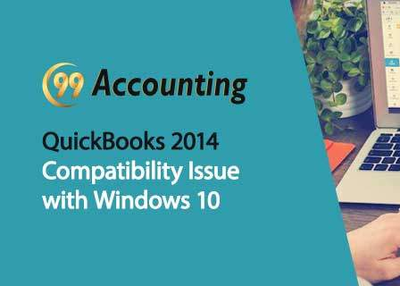
Angular is a frontend JavaScript-based web application framework that provides you with everything you need, including the kitchen sink, with which to build amazingly powerful Single Page Applications (SPAs). The application we'll be building together is a SPA, and we'll be discussing SPA strategies along the way.
While Angular wasn't the first JavaScript-based front-end web application framework, it was quite possibly the most powerful one of them. This is likely due to Angular's SPA-centric focus—since there's more to building a SPA application than there is to simply provide two-way data binding on your web pages.
The initial release of Angular was in the late fall of 2010. Since then, dozens of competing libraries and frameworks have come on the scene, including some that also have large adoptions and large production implementations, such as Ember.js, Backbone.js, and React.js. Angular, despite having perhaps the highest learning curve (and we'll see why this is the case), remains the most powerful one of them all.
The Angular naming and versioning jungle can, at first glance, seem confusing. There are a few reasons for this, as follows:
- Angular's 1.x releases: Basically, any release before Angular 2 is commonly referred to as AngularJS.
- AngularJS is no more actively in development mode. It has been put under long term support mode.
- The angular framework is being actively developed, and so developers need to be specific about which of the two Angular frameworks they are referring to when discussing them. Fortunately, there are two completely dedicated websites for them: https://angularjs.org/ and https://angular.io, respectively. The Angular team adopted semantic versioning, starting with the 2.0.0 release. You can read more about semantic versioning here: https://semver.org.
- Angular 2 was a complete rewrite of Angular 1.x (that is, AngularJS), and is thus not backward compatible with AngularJS. While Angular 4 was not a complete rewrite of Angular 2, it did have some changes in its core libraries that required the team to increment its major number from 2 to 4. Version 3 was skipped as a release number altogether.
- All releases from Angular 2 onward are commonly referred to as Angular 2+, or simply just as Angular.
- Due to having adopted semantic versioning, the Angular team never released Angular 3 and so went straight from Angular 2 to Angular 4. Specifically, there was a misalignment of the router package's version, which was already distributed as version 3.3.0. Don't let this confuse you. Just know that there wasn't ever an Angular 3. No big deal. In the Windows OS world, there was never a Windows 9 either. These things happen.
After reading the preceding list, you can see why there tends to be some confusion around Angular. However, it's pretty straightforward if you keep these two things in mind:
- You should only be using Angular, and not AngularJS (unless you have an exceptionally good reason for it) Angular Training
- With the exception of there not being an Angular 3, there will be two major releases per year; they should be contiguous in numbering scheme (that is, 8, 9, and so on), and they are expected to be backward compatible—at least within the same major version number (as per the spirit of semantic versioning)























